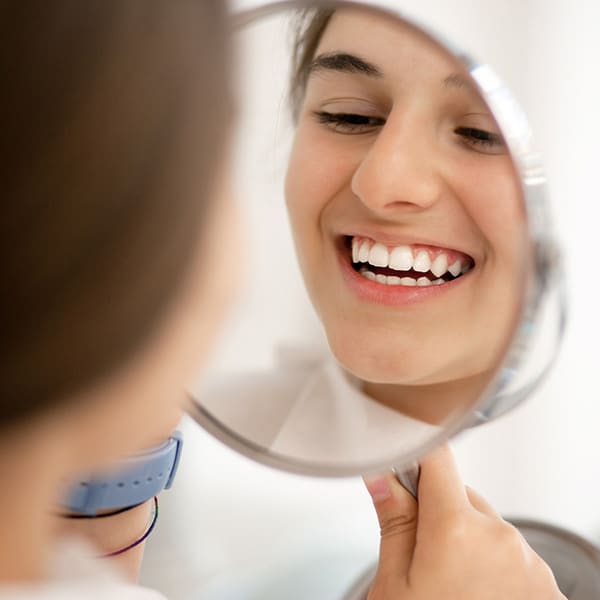Common Orthodontic Problems and How We Can Help
Perfectly aligned teeth are rare—most people experience some form of orthodontic issue. Fortunately, orthodontic treatment can help correct these problems, improving not only the function of your bite but also the appearance of your smile. Orthodontic treatment performed by Dr. Travis Sorensen can improve both the functionality of your bite and the appearance of your smile.
A “bad bite,” also known as malocclusion, can be caused by a variety of factors, including genetics, thumb sucking, dental trauma, poor oral hygiene, and certain medical conditions. These issues may impact chewing, speech, and oral health and can contribute to jaw discomfort or aesthetic concerns.
Common concerns like crowding, spacing, or the need for overbite correction are all treatable with today’s advanced orthodontic techniques.
Below are some examples of the most common orthodontic problems.
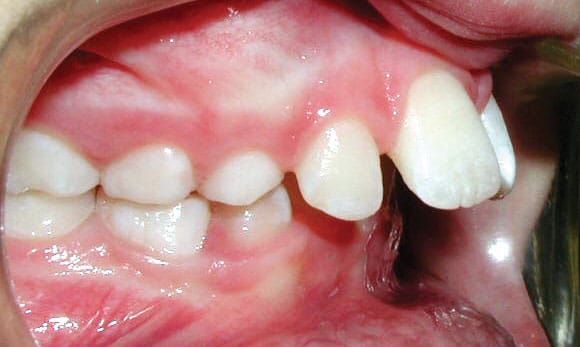
Upper Front Teeth Protrusion
This occurs when the upper front teeth extend too far forward, or the lower teeth don’t come forward enough. It affects both the appearance and function of your bite, and it may increase the risk of injury to the protruding teeth. If left untreated, this condition can lead to further dental issues and discomfort.
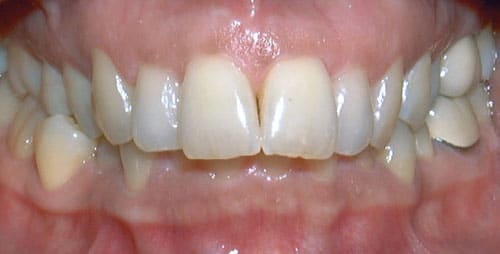
Overbite
An overbite is when the upper front teeth significantly overlap the lower front teeth. In more severe cases, the lower teeth may even bite into the roof of the mouth, causing discomfort and potential tissue damage. Addressing an overbite early can prevent more complex dental problems in the future.
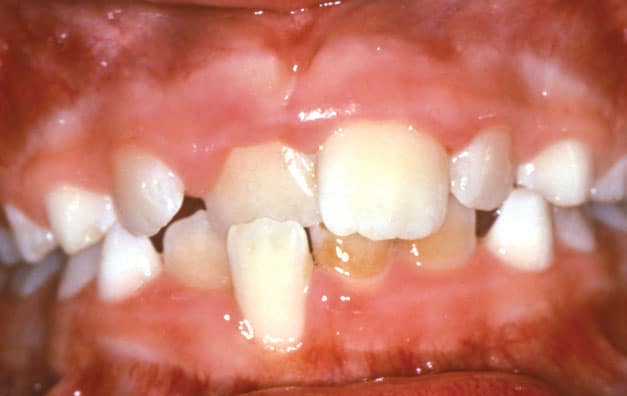
Crossbite
In a crossbite, some of the upper teeth sit inside the lower teeth instead of outside. This can lead to uneven jaw growth, wearing down of teeth, and misalignment of the bite. If not corrected, crossbites can result in long-term oral health complications and discomfort.
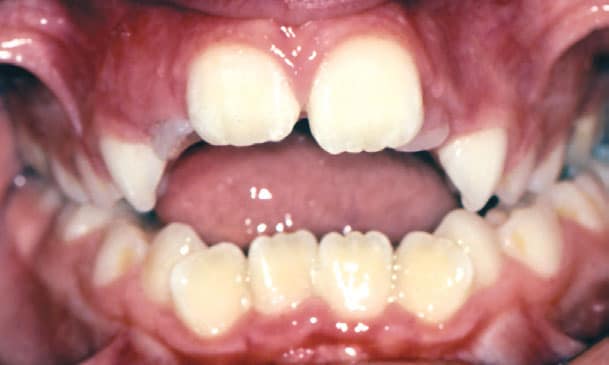
Open Bite
An open bite means the upper and lower front teeth do not meet when the mouth is closed. This can affect chewing, speech, and may be linked to tongue-thrusting or thumb-sucking habits. Correcting an open bite can improve overall oral function and prevent future complications.
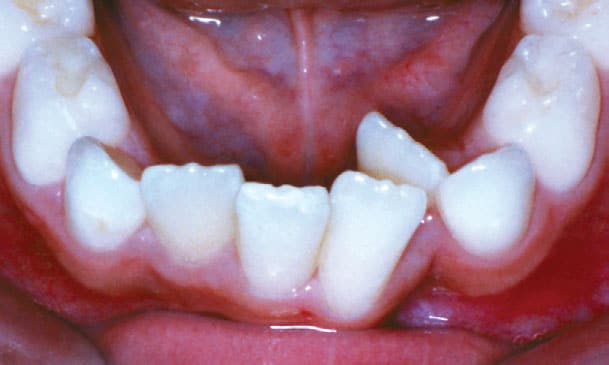
Crowding
Crowding happens when there’s not enough space in the jaw for all the teeth to erupt properly. Teeth may come in crooked or overlap. With early evaluation, crowding can often be treated without removing any teeth, sometimes through expansion. Proper treatment can lead to a more aligned and functional bite.
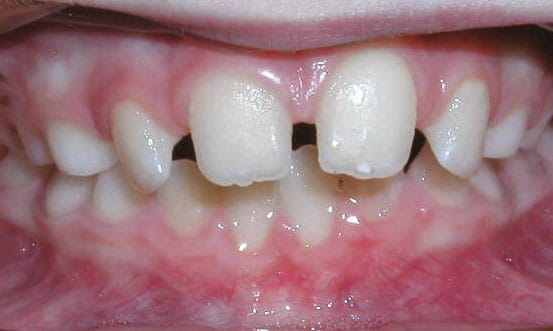
Spacing
Extra space between teeth may be the result of missing teeth, undersized teeth, or simply a natural spacing pattern. While spacing is often a cosmetic concern, it can also affect the alignment and function of your bite. Addressing spacing issues early can help avoid more significant dental problems down the line.
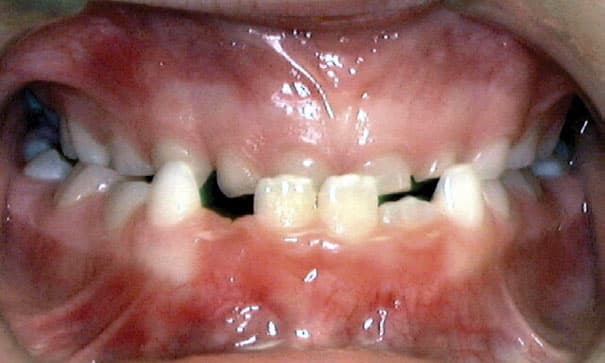
Underbite
An underbite occurs when the lower jaw extends beyond the upper jaw, causing the lower front teeth to sit in front of the upper front teeth. This can interfere with proper chewing and cause excess wear on the teeth. Treatment can help correct the bite, improve function, and reduce the risk of future dental damage.
